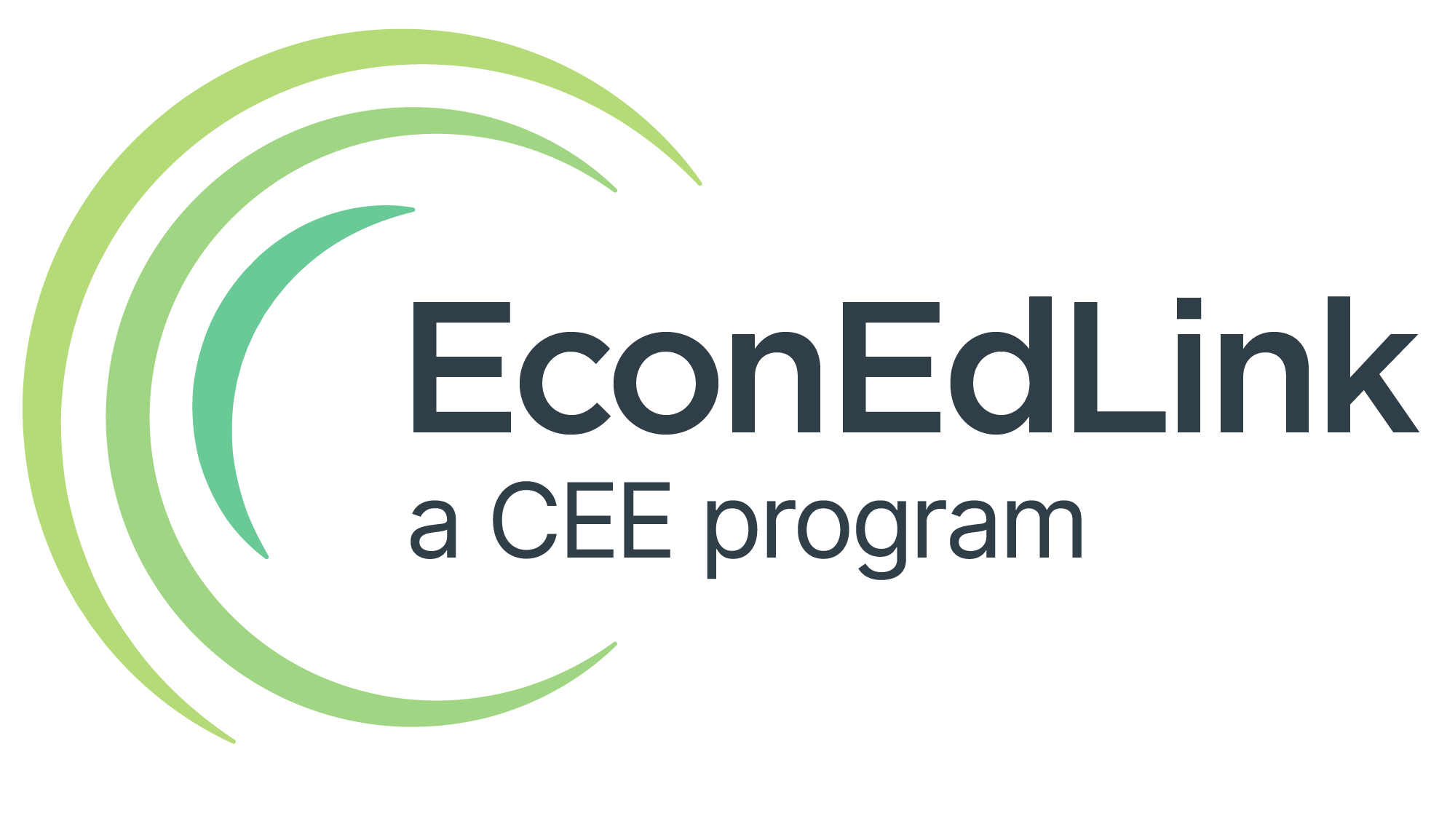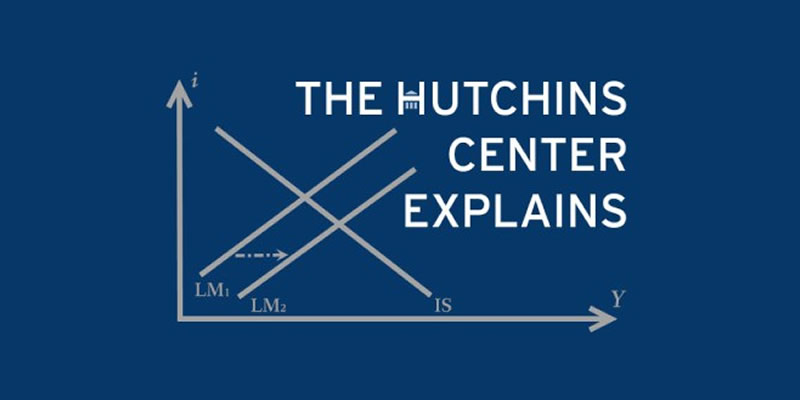
Grades 9-12
Exchange Rates: How Money Affects Trade
In this economics lesson, students will compute exchange rates to learn their impact on international trade.
Key Concepts: Globalization, International Trade
















